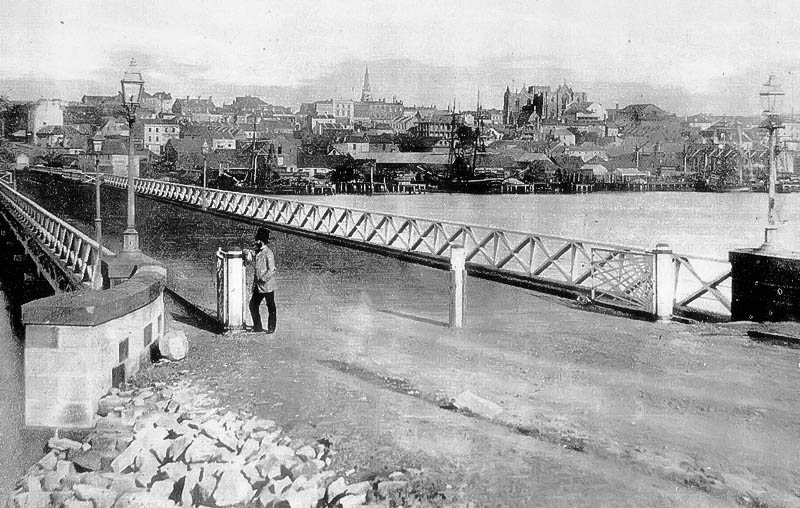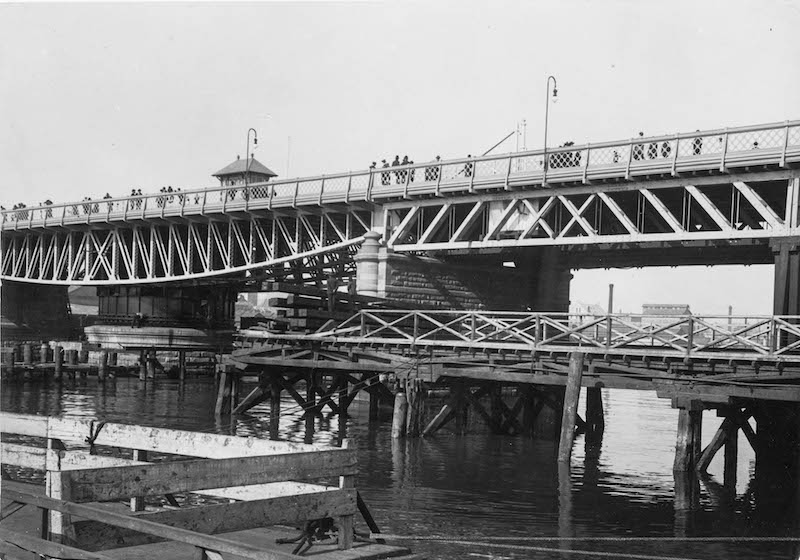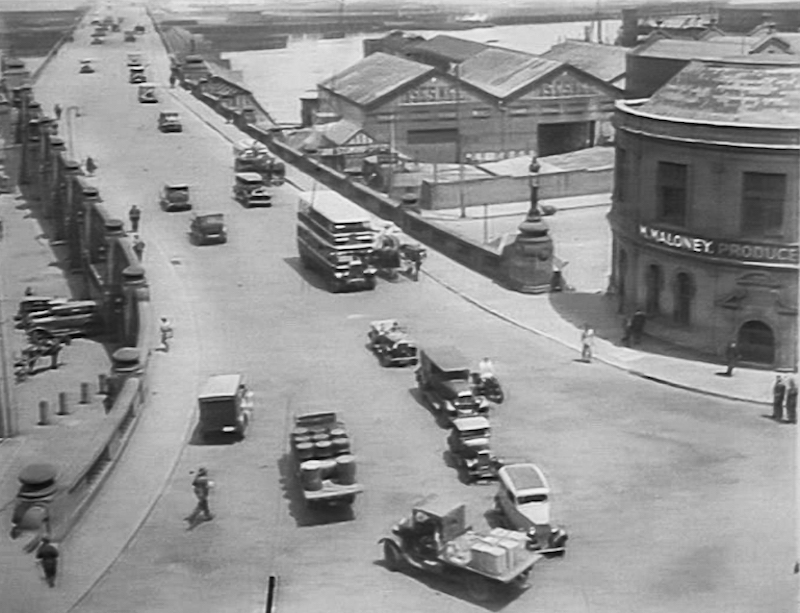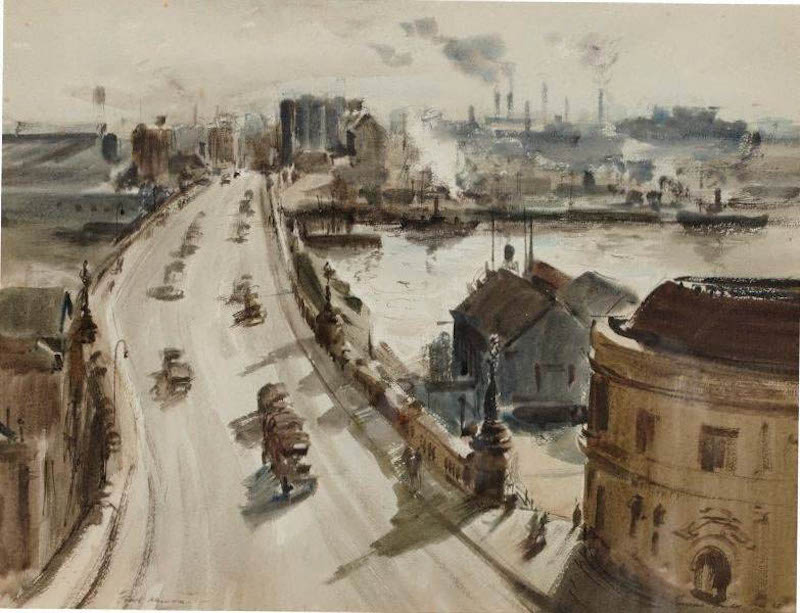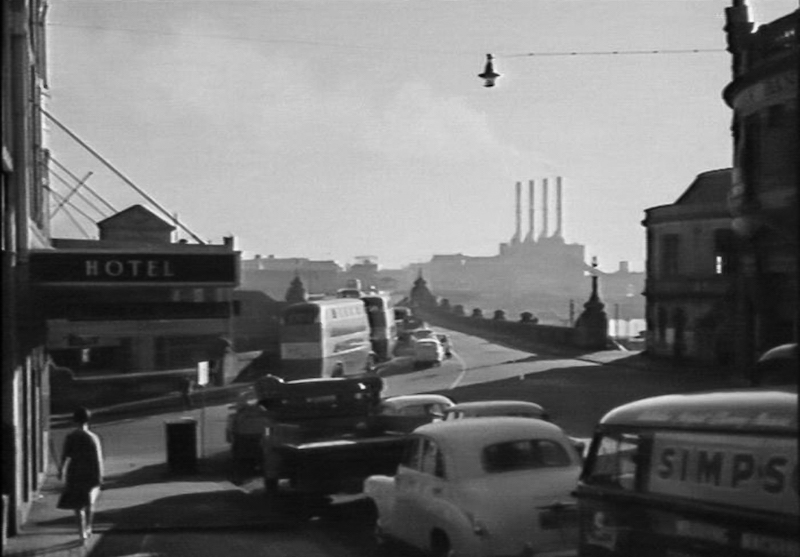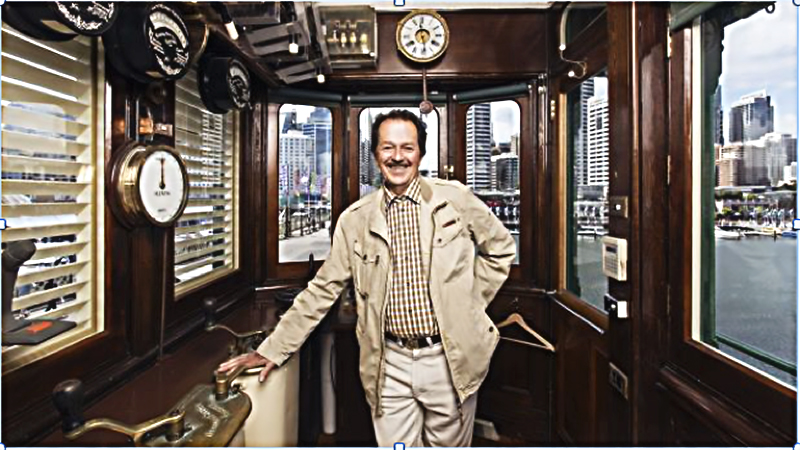Locations > Pyrmont Bridge
Pyrmont Bridge
Pyrmont Bridge is one of the world’s oldest surviving electrically operated swingspan bridges. It cost £112,500 to build, and opened in 1902, replacing the first bridge (that had been carrying traffic since 1857), allowing tall vessels to access southern Darling Harbour.
Pyrmont Bridge is the best known of 583 designed by the engineer Percy Allan. It has a steel truss swingspan with cheaper ironbark timber truss approach spans.
Almost all previous swingspan bridges were operated by winches, steam or hydraulic power. In this case Ultimo Power House was nearby, and modified tram motors drove the swingspan. This innovation won acclaim as a marvel of modern engineering at the international conference of the Institution of Civil Engineers (London) in 1907.
As container ships came to dominate trade, freight moved to Botany Bay, the railway goods yards closed and in 1981 Pyrmont Bridge closed to traffic. When Darling Harbour was redeveloped, the swingspan was restored and a monorail built. The monorail was dismantled in 2013 but the bridge still opens for demonstrations on weekends and public holidays, and whenever a tall vessel needs to pass through.
Josip Culig worked happily in the control cabin for forty years. He recalled that he operated the swing as many as 50 times in 24 hours.
The swingspan has opened more than 600,000 times. An Institution of Engineers Australia commemorative plaque is at the bridge’s west end, and an inscription in the stonework at the eastern end recognises Percy Allan.
Timeline
1857 – First Pyrmont Bridge opens on 17 March
1899 – Construction starts on new bridge on 6 September
1902 – Swingspan bridge opens on 28 June
1981 – Pyrmont Bridge closes to all pedestrian and vehicular traffic on 7 August
1984 – Southern Darling Harbour (Cockle Bay) shipping and railway terminals close. Plans are launched to redevelop Darling Harbour
1988 – Darling Harbour precinct opens to the public. Pyrmont Bridge reopens to pedestrians
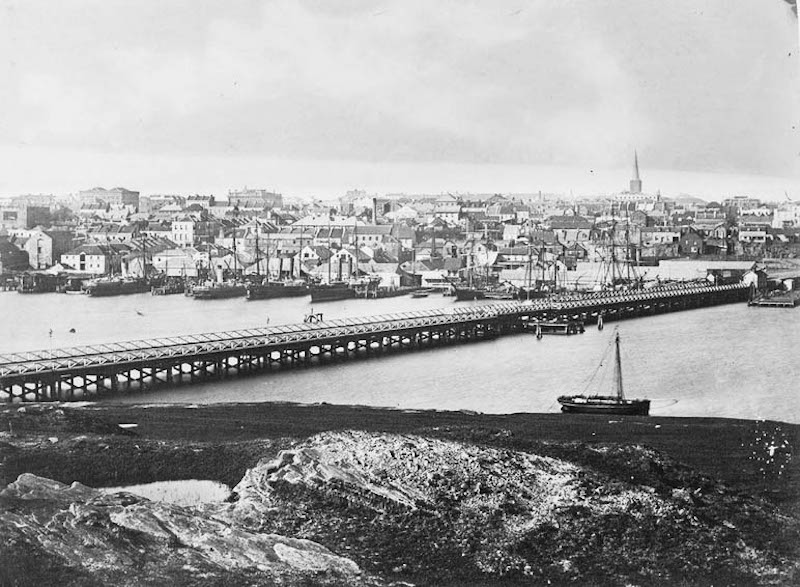
Pyrmont Bridge 1874
State Library of New South Wales

